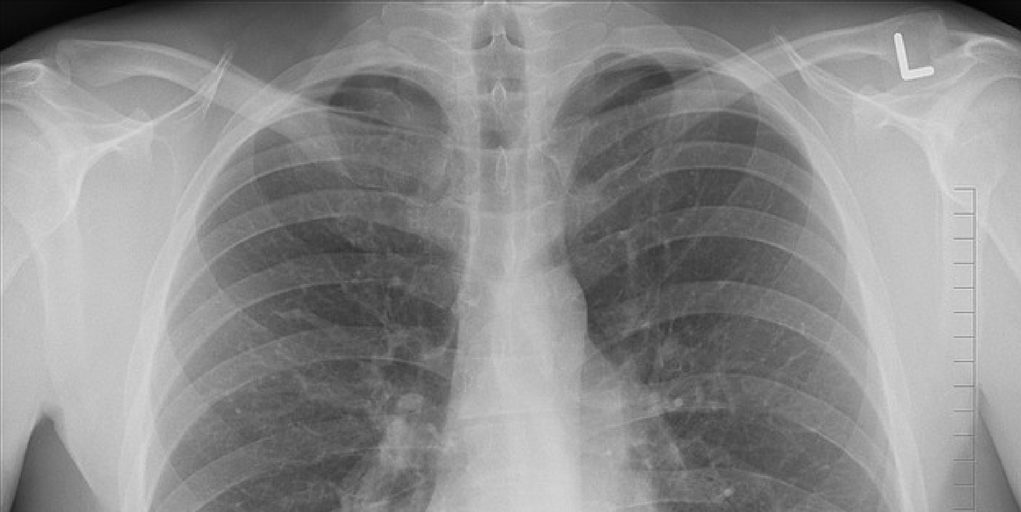Conducted by UT Southwestern researchers, the study titled, “Clinical Features of E-cigarette, or Vaping, Product Use–Associated Lung Injury in Teenagers,” described the treatment of 13 adolescents for EVALI at Children’s Health in Dallas, UTSW’s pediatric teaching hospital.
Rao pointed out GI symptoms in these teens were as common as their lung injury symptoms. “We found that teenagers often presented with GI symptoms, which were just as frequent as respiratory symptoms. In some cases, these teens had abdominal CT scans that ended up showing abnormalities in the lung, which was the first clue of lung injury.”
Additionally, she added, there was a larger proportion of these patients than reported who were female and hispanic. “It may be that in the adolescent population these groups are more vulnerable to risky behaviors than what was previously thought. This serves as a reminder to clinicians that a teen with EVALI is not necessarily always going to be white and male.”
Most EVALI patients were reluctant to disclose what they vaped
In line with previous studies, Rao pointed out that most of these patients were reluctant to disclose what substances they were actually vaping. “In taking care of hospitalized teens with EVALI, we found that they were very hesitant to disclose their vaping habits,” she said, adding, “A multidisciplinary effort – discussion among emergency medicine physicians, hospitalist medicine physicians, pulmonologists, toxicologists, behavioral medicine specialists, and intensivists – is key to successful treatment of these patients.”
“We know that teens can be vulnerable to lung injury from vaping, and we know there are many experience stressors that perhaps motivate them to engage in risky behavior. The next step is prevention – preventing teens from the desire to vape – and also helping teens who have been treated for EVALI so that they can stop vaping,” she concluded.
Public Health Expert: US Statistics on Youth Vaping do not Justify FDA Actions












